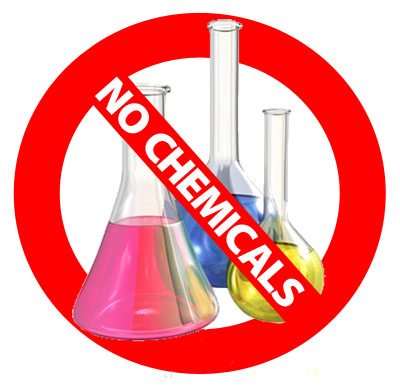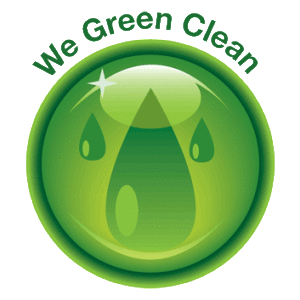Dry Cleaning Industry Secret
The Dry Cleaning Industry’s Dirty Secret (It Ain’t Easy Being Green)
If you ask most people, they probably couldn’t tell you what happens at a dry cleaner, or why people use the service in the first place. Aside from the sheer convenience of having somebody else do your laundry (thanks, Mom!), the reason why we take our garments to the cleaners (or why we are “supposed” to) is relatively obscure. It’s not really a huge mystery, but most dry cleaners would rather you didn’t find out. In fact, if you don’t know the answer already, it’s probably because your local cleaner is doing a good job keeping their dirty secret from the public.
The first “secret” is that dry cleaner is actually a complete misnomer. There is nothing “dry” about dry cleaning at all. The only reason that term has any meaning at all is that these services use lower-viscosity solvent than water to remove dirt and stains from your clothing. The good news is that these chemicals “bead” into smaller droplets that induce less wear and tear on your delicate, “dry clean only” garments. So, yes, there is at least some wizardry behind the veil that justifies taking your suit or cashmere sweater to a professional rather than just tossing it in your own machine. The bad news is that the solvent most use, perchloroethylene (PERC), is not necessarily something you’d like your valuables to be soaking in for any period of time.
Perchloroethylene or PERC
 PERC was introduced because it was a low-viscosity solvent that good at dealing with oil-based stains and grime. Even though it’s not perfect—it can’t penetrate the toughest stains, like wine or blood, once they set in—it worked well for a time for the bulk treatment of delicate, luxury garments. But, like most cleaning products and chemicals that were developed in the early twentieth century, it was largely untested and, even to this day, unregulated. It took until 1970 for the demonstrably detrimental health effects of this chemical to lead to any legislation whatsoever protecting workers in the dry cleaning industry, yet it still remains the most widely used solvent in the industry.
PERC was introduced because it was a low-viscosity solvent that good at dealing with oil-based stains and grime. Even though it’s not perfect—it can’t penetrate the toughest stains, like wine or blood, once they set in—it worked well for a time for the bulk treatment of delicate, luxury garments. But, like most cleaning products and chemicals that were developed in the early twentieth century, it was largely untested and, even to this day, unregulated. It took until 1970 for the demonstrably detrimental health effects of this chemical to lead to any legislation whatsoever protecting workers in the dry cleaning industry, yet it still remains the most widely used solvent in the industry.
PERC is classified as a toxin, carcinogen, and environmentally damaging chemical by the EPA and many other federal and state regulating bodies. But the problem isn’t just that dry cleaners are shirking their responsibilities to the health of their customers, employees, and planet. Dry cleaners are often small, family businesses with little profit margins and high overhead, and PERC is a cheap, widely available solvent that seems to get the job done. Until proper legislation makes PERC illegal in consumer applications, informed consumers will have to take it upon themselves to seek healthier alternatives.
How Greener Cleaner is Different
At GreenerCleaner, we use the naturally light and inert liquid silicone for our Wet Cleaning, which helps preserve clothing better than traditional dry cleaning methods. In addition to eliminating many of the environmental and health impacts
PERC, liquid silicone has less surface tension and is less reactive, reducing the friction and agitation that cleaning can inflict on your delicates. Read more about our Green Cleaning methods.

